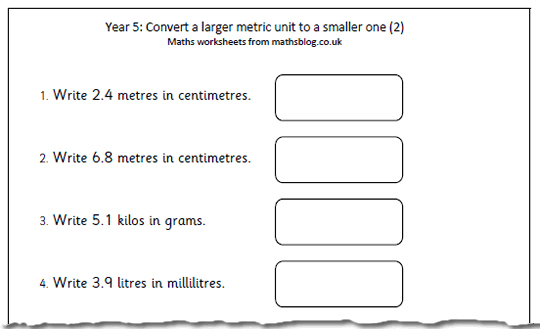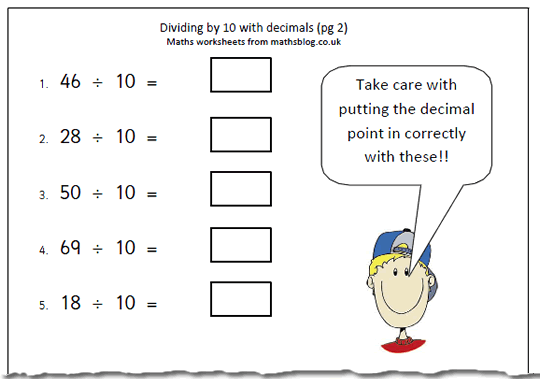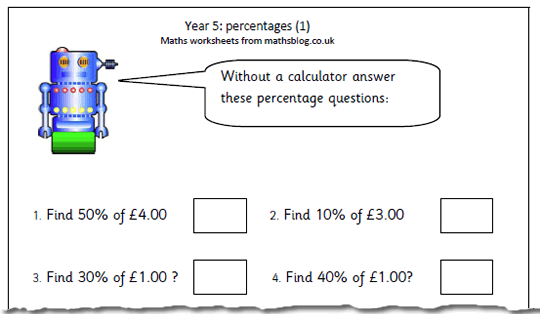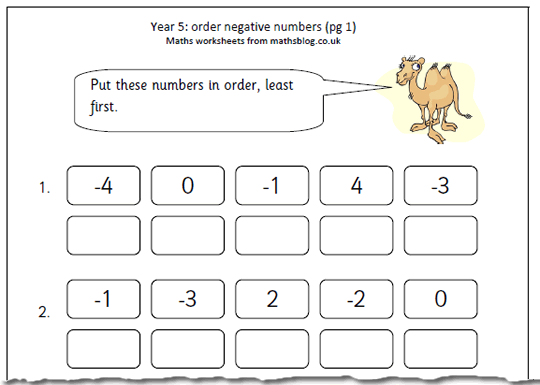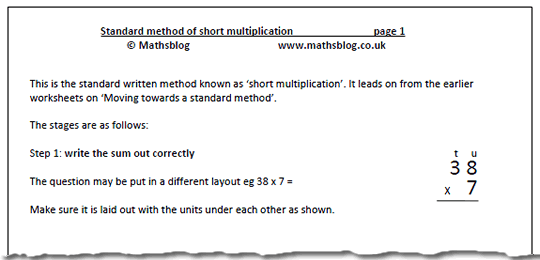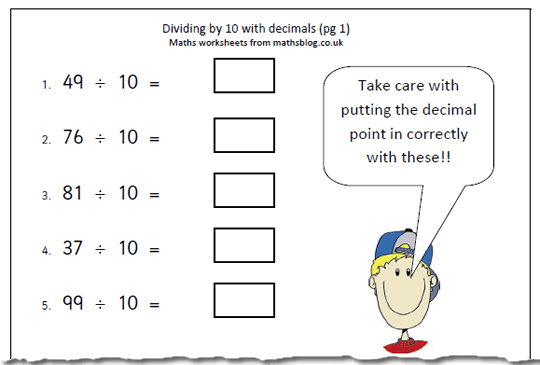 One of the best ways of explaining multiplication is to think of it as repeated addition. So, a multiplication such as 4 x 3 is the same as adding 4 three times (4 + 4 + 4) or 3 lots of 4. We have an excellent page on this coming up next week, thanks to urbrainy.com.
One of the best ways of explaining multiplication is to think of it as repeated addition. So, a multiplication such as 4 x 3 is the same as adding 4 three times (4 + 4 + 4) or 3 lots of 4. We have an excellent page on this coming up next week, thanks to urbrainy.com.
We also have the next worksheet in our series of dividing mentally. This page will look at dividing larger numbers by 100. All the numbers are multiples of 100 so there will be no decimals involved with the answers.
Ordering negative numbers can prove tricky but we have a great page on this next week, suitable for Year 5 children. Putting two numbers in order on a number line follows one simple rule; the number to the right is always the larger number of the two. So -3 is smaller than -1.
